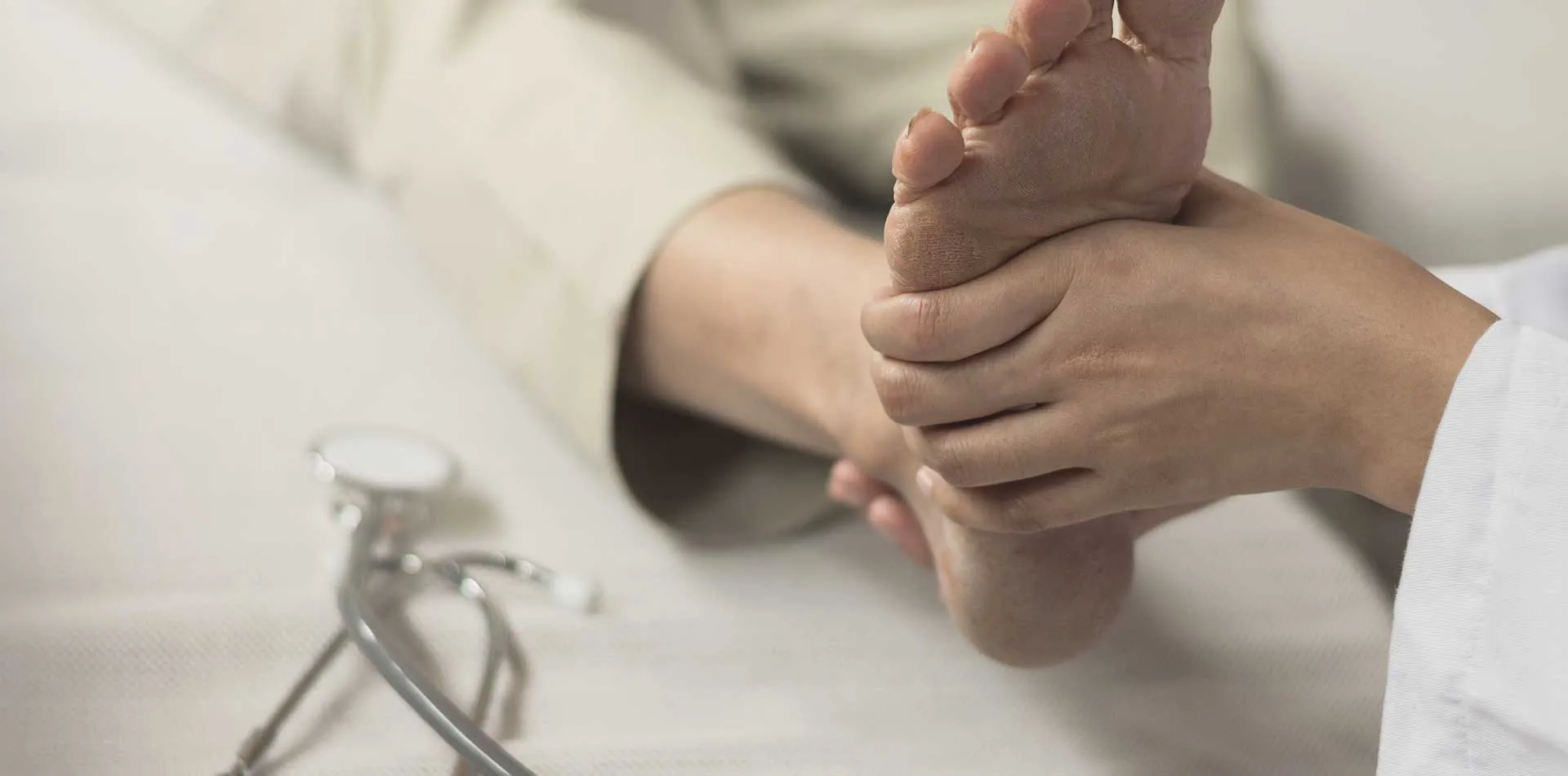
Bone spurs, bony projections develop along bone edges, where bones meet each other in the joints. It may also happen on the bones of the spine.
The condition occurs mainly due to the joint damage associated with osteoarthritis. Bone spurs usually have no symptoms and may be undetected for several years and not require treatment. Treatments are only needed based on where spurs are situated and how they affect health.
Most bone spurs have no symptoms, so most people will not know about this condition until an X-ray while diagnosing another disease reveals the growth.
Some cases of bone spurs can cause pain and loss of motion in the joints.
The location of the bone spurs determines its symptoms:
• In the knee, it may lead to pain when you extend and bend your leg.
• On the vertebrae, bone spurs may narrow the space that contains the spinal cord that may pinch the spinal cord, its nerve roots, causing weakness or numbness in the arms or legs.
• Bone spurs can make hip movement painful, lessening the range of motion in the hip joint and pain in the knee.
Talk to the doctor when you have pain or swelling in one or more joints and have difficulty moving a joint.
Joint damage from osteoarthritis is the main reason for bone spurs, wherein the body attempts to restore the loss by creating bone spurs near the damaged area.
People with arthritis are at greater risk of bone spurs.
Limit the chances of bone spurs by following a healthy lifestyle:
• With a balanced, nutritious diet.
• Active physically fit routine.
• Proper steps to maintain a healthy weight to lessen extra stress on bones and joints.
• Have good posture and ergonomics (adequately positioning the work desk).
• Reduce joint injuries chances with stretching and using safe exercise techniques. Never overdo.
• Use well-fitting, supportive shoes.
Patient Experience